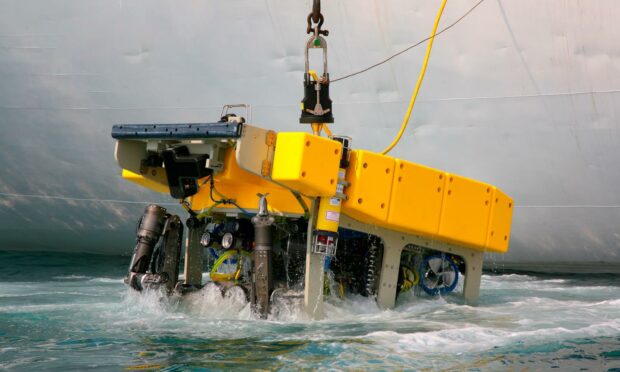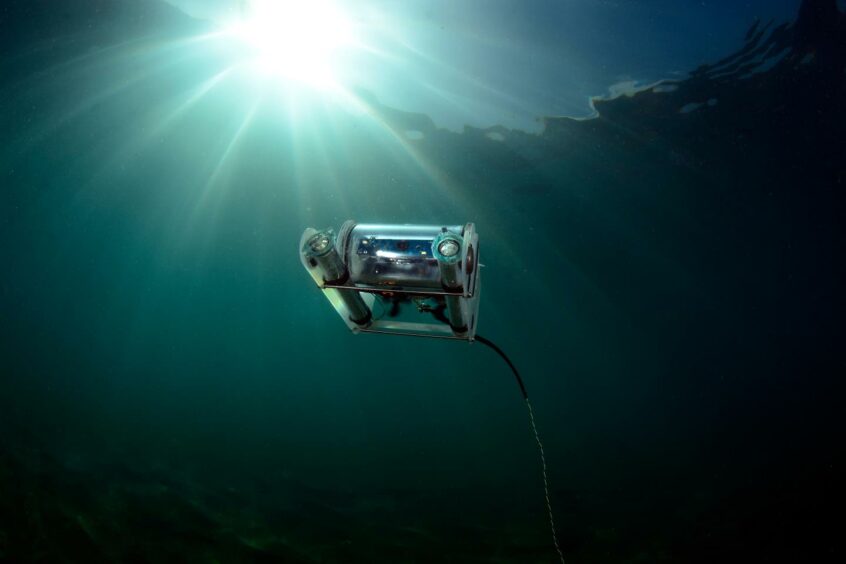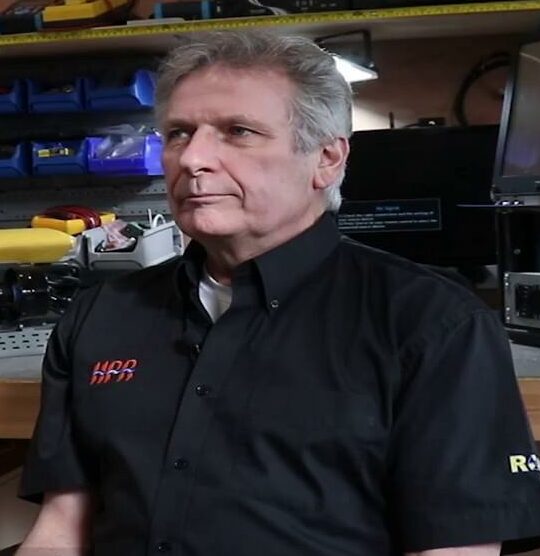Remotely-operated vehicle (ROV) inspection specialist HPR ROV aims to double its fleet this year and grow turnover by 100% within 24 months.
The firm, based at Oyne, near Insch, Aberdeenshire, is currently turning over about £1 million a year.
But the aim is for that to grow to around £2 million within two years.
This is on the back of a string of new contracts and the company committing to a significant investment – about £100,000 recently, with more to follow – in new equipment.
The oil and gas market has managed to spring back.”
Iain Petrie, managing director, HPR ROV.
HPR ROV is best known for its micro Rovs and currently owns and operates 13 of these.
The plan is to double the size of the fleet this year, representing a further investment of around £250,000 by the firm.
There are currently seven office-based staff supporting a team of 15 offshore engineers.
Company owner and managing director Iain Petrie, 65, said staff levels would have to increase.
The headcount will have to rise as a result of the recent contract wins and the firm has already embarked on a recruitment drive, he added.
Mr Petrie, who launched the business in 2014, was unable to say who the new projects were for or how much they were worth, due to confidentiality clauses – but he did say they totalled a seven-figure sum.
HPR ROV said it was ready to expand after showing “a great deal of resilience in its sector”.
It pointed to changes it has recently introduced to its operations, with a view to breaking into new markets – both in the UK and overseas.
Diversification
The company is eyeing opportunities in the decommissioning and, following “industry conversations”, the global green energy market.
Mr Petrie, who has worked in the industry for more than four decades, said: “The last two years have thrown many hurdles towards the business community globally.
“However the oil and gas market has managed to spring back and is in a thriving position, with focuses leaning towards decommissioning and the renewable energy markets.”
Highlighting other diversification opportunities already in train, the MD said: “We continue to focus on creating strong relationships with clients for inspection scopes offshore, but we have been fortunate enough to expand our services into reservoir and infrastructure work for utilities companies.”
During the past year HPR ROV has worked on an array of projects with tier-one operators and service companies operating in the North Sea, Central Asia and West Africa.
The firm said its “cost-effective” inspection solutions had also played a role in supporting a number of late-life asset management projects within the UK decommissioning sector, including gas sampling, pipe cutting and debris recovery.
Industry’s versatile friends
ROVs are basically robots that are widely used across multiple industries, including oil and gas.
They carry out underwater inspections, manipulation, cutting and a wide range of sampling projects.
Micro or mini ROVs are the smallest class – often used to inspect the most hard-to-reach areas at shallow depths, such as pipe systems and submerged infrastructure.
They have even been used in the hunt for the Loch Ness Monster.
Robots are among us: How use of AI and machines is growing in the north and north-east
EC-OG becomes Verlume as pace of north-east energy transition quickens


